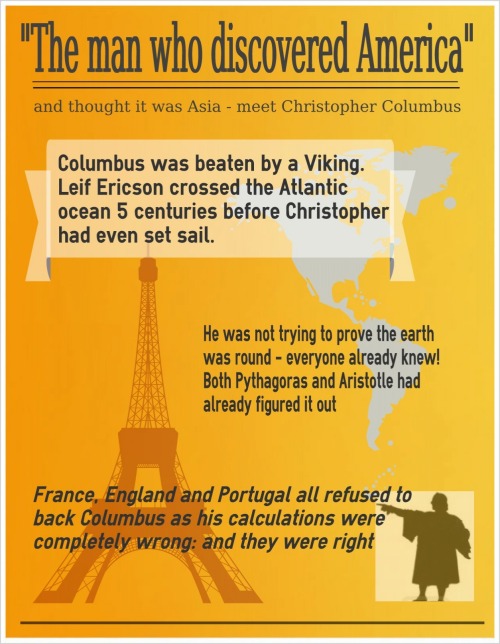#aristotle
ViaPhilosophy Break: ‘The 3 different levels of friendship, according to Aristotle over 2,000 years ago…
1. The friendship of utility. These friendships are based on what someone can do for you, or what you can do for another person. It might be that you put in a good word for someone, and they buy you a drink in return. Such relationships have little to do with character, and can end as soon as any possible use for you or the other person is removed from the equation.
2. The friendship of pleasure. These are the friendships based on enjoyment of a shared activity or the pursuit of fleeting pleasures and emotions. It might be someone you go for drinks with, but would never have over for dinner, and is a common level of association for the young, so Aristotle declared. This type of relationship can again end quickly, dependent as it is on people’s ever-changing likes and dislikes.
3. The friendship of virtue. These are the people you like for themselves, who typically influence you positively and push you to be a better person. This kind of relationship, based as it is on character, is a lot more stable than the previous two categories. While Aristotle laments the rarity of such pure, mutually appreciative relationships, he believes they are possible between two virtuous people who can invest the time and energy required to forge such a bond.
Aristotle established these levels of friendship in his Nicomachean Ethics, written around 350BC.
A masterpiece of moral philosophy, the Nicomachean Ethics contains Aristotle’s vision for how human beings can achieve eudaimonia, which is variously translated from Greek as ‘well-being’, ‘happiness’, ‘blessedness’, and in the context of the virtue ethics Aristotle endorsed, ‘human flourishing’.
While friendships of utility and pleasure have their place, working at elevating them to the coveted friendships of virtue is an important part of attaining such flourishing in our own lives, Aristotle believed.’

Aquamanile in the form of Aristotle and Phyllis, Southern Netherlands, c. late 14th-early 15th Century
An aquamanile is a vessel for pouring water used in the ritual of washing hands in both religious and secular contexts—by the priest before Mass and in a private household before a meal. The subject of this celebrated example is the moralizing legend of Aristotle and Phyllis, which achieved popularity in the late Middle Ages. Aristotle, the Greek philosopher and tutor of Alexander the Great, allowed himself to be humiliated by the seductive Phyllis as a lesson to the young ruler, who had succumbed to her wiles and neglected the affairs of state. Encouraging Alexander to witness his folly, Aristotle explained that if he, an old man, could be so easily deceived, the potential consequences for a young man were even more perilous. The ribald subject indicates that this aquamanile was made for a domestic setting, where it would have doubled as an object of entertainment for guests at the table.
Post link

Alexander and Aristotle
A Dutch aquamanile (ca. 1400) – a vessel for pouring out water to wash your hands – depicting Aristotle and Phyllis. This fable about the ancient philosopher was popular in the middle ages. The story went that Phyllis had seduced and distracted Alexander the Great, Aristotle’s pupil. In order to teach his student a lesson, Aristotle allowed Phyllis to seduce and publicly humiliate him so that Alexander could see the dangers of allowing himself to be controlled by a woman.
Post link
Lana Del Rey : Life imitates art✨
Plato : You wench ♂️






![speciesbarocus:Gregor Reisch - Margarita Philosophica (1503) [x] speciesbarocus:Gregor Reisch - Margarita Philosophica (1503) [x]](https://64.media.tumblr.com/696e7725699095f4c7568375d192934d/tumblr_nvgdqgy0f81qe866ho2_r1_500.jpg)
![speciesbarocus:Gregor Reisch - Margarita Philosophica (1503) [x] speciesbarocus:Gregor Reisch - Margarita Philosophica (1503) [x]](https://64.media.tumblr.com/0fc88e84e70d9a850918836cef02d3fa/tumblr_nvgdqgy0f81qe866ho3_r1_500.jpg)
